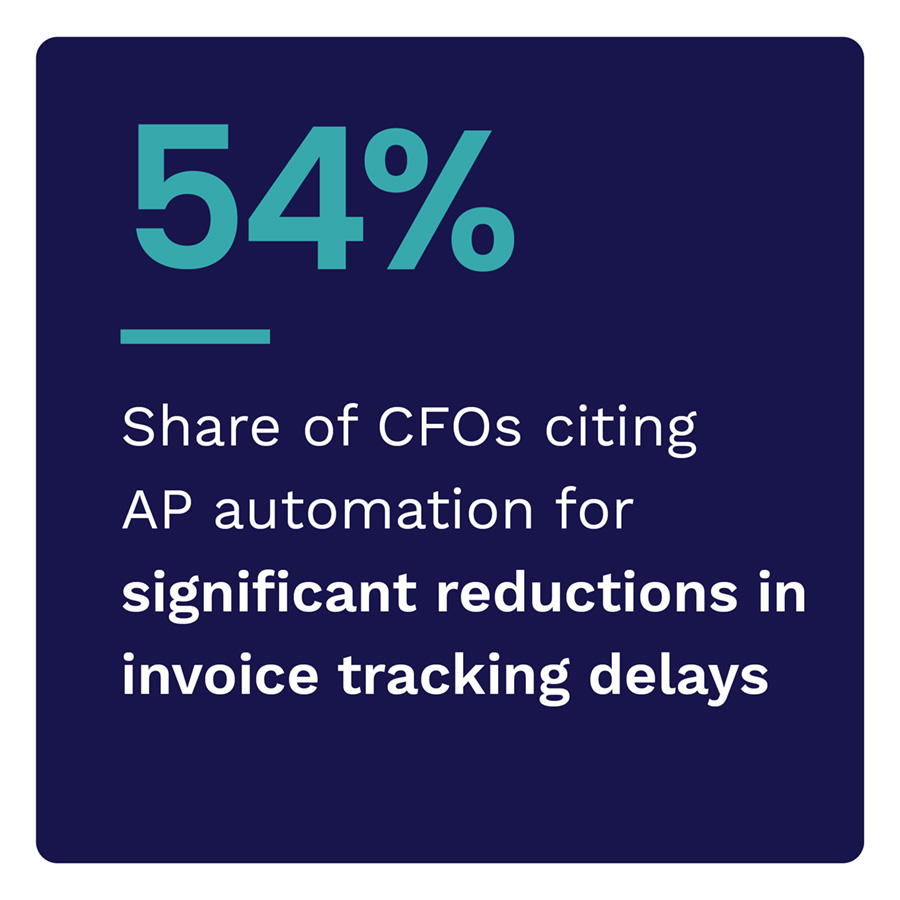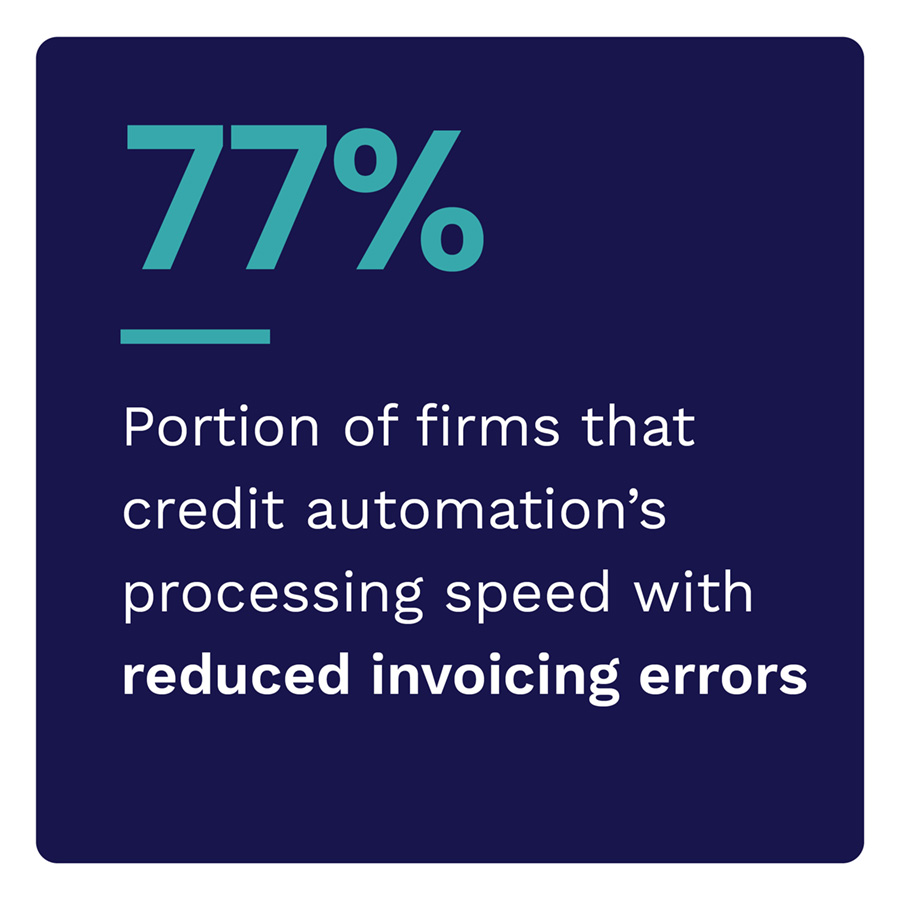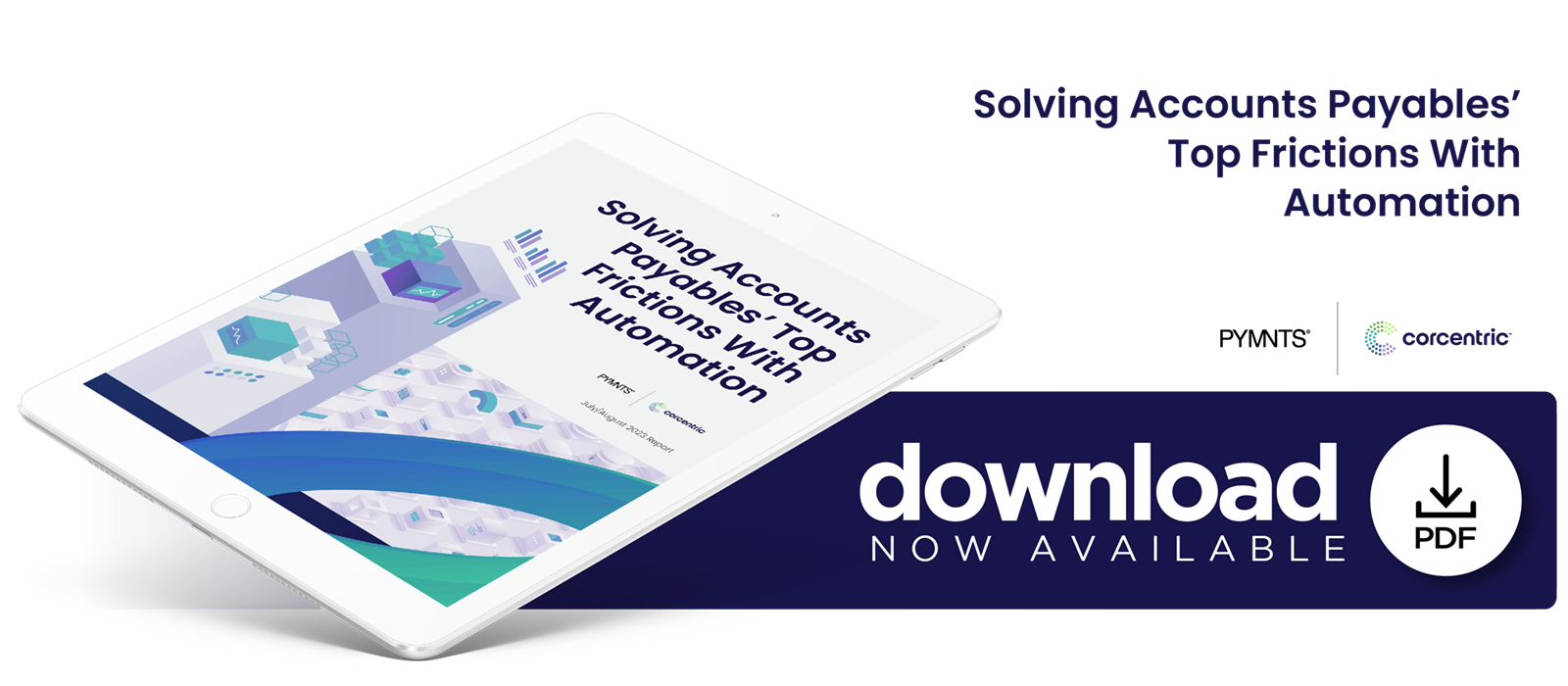AP Automation Significantly Reduces Friction in the Source-to-Pay Cycle
Automation can be an engine for efficiency, speed and accuracy in accounts receivable (AR). It can enable companies to reduce their days sales outstanding (DSO) and receive payments faster. Many firms rely on complex, labor-intensive and error-prone accounts payable (AP) workflows that automation can help streamline.
Firms that have invested in digital technologies and automation of the purchase order and invoice payment processes — the source-to-pay cycle — are less likely to experience severe disruptions, and workflow frictions delay a smaller portion of their total invoices. While AP automation adoption remains nascent, firms recognize that AP automation is a necessity. Just 28% of firms report having some automation to support AP workflows in the last 12 months. Seventy percent of firms with less automated processes say they “definitely need” more automation, and 44% of more automated firms say the same.
“Solving Accounts Payables’ Top Frictions With Automation,” a PYMNTS and Corcentric collaboration, examines the adoption of specialized AP automation software and how it affects purchasing and AP workflow efficiency. For this report, we surveyed 100 CFOs at U.S.-based firms across 13 industry segments generating $250 million or more in annual revenues between May 3 and May 16.
Key findings from the study include the following:
 Friction fills the source-to-pay cycle. Firms noted shipping troubles, subpar order quality and invoicing errors significant sources of AP disruption.
Friction fills the source-to-pay cycle. Firms noted shipping troubles, subpar order quality and invoicing errors significant sources of AP disruption.
Our survey found that all firms have experienced friction in at least one processing area in their source-to-pay cycle. The average firm experienced disruption in 2.8 of 8 areas in the source-to-pay continuum. At 69%, CFOs are most likely to report facing shipping issues in the last six months, with 19% citing shipping issues as their most experienced issue. Many firms said that other top areas of disruption involved invoice errors and discrepancies and order quality and accuracy disputes.
Invoice tracking is the most cited improvement enabled by AP automation, with 93% of CFOs reporting reduced days of delay in invoice tracking.
While nearly all CFOs say automation software has at least somewhat reduced invoice tracking delays, 54% report it has had a significant impact. Forty-six percent say they saw a significant reduction in days of delay around payment and exceptions because of AP automation. Thirty-nine percent report that automation software has significantly reduced delays caused by invoicing errors and discrepancies.
CFOs say that an increased processing speed and payment integration between buyer and supplier are the main factors contributing to workflow improvements.
Digital technologies that support AP workflow automation have streamlined the source-to-pay cycle. Payment integration between buyer and supplier has reduced payment friction, according to 83% of CFOs. Additionally, 77% of firms credit automation’s processing speed with reducing invoicing errors. More than one-third of firms attribute reduced days of delay in invoice tracking to artificial intelligence-based automation.
To fully leverage these benefits, firms of all sizes must find ways to integrate digital technologies and automation throughout the source-to-pay cycle. Download the report to learn more about how firms can implement AP automation to streamline workflows.

